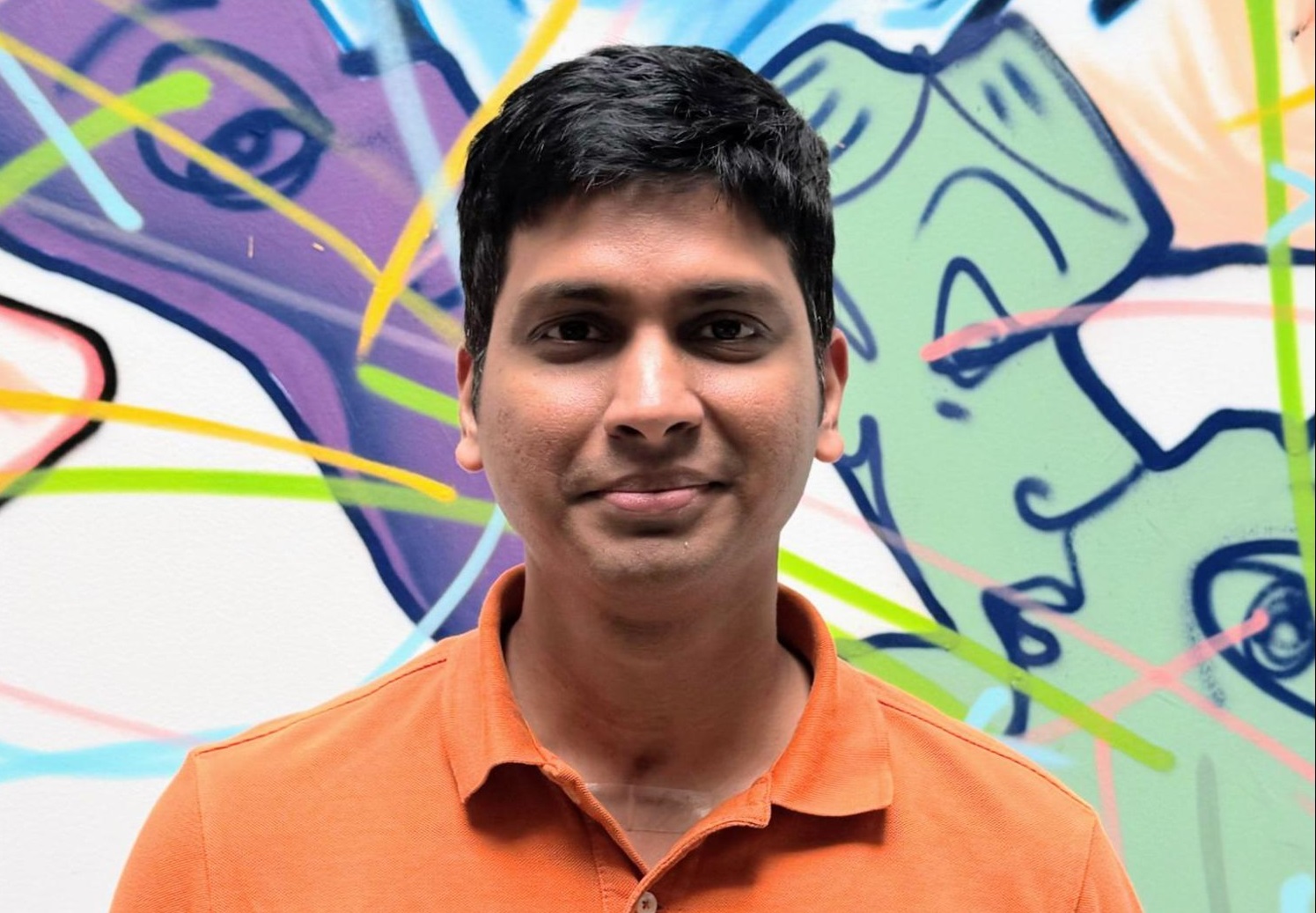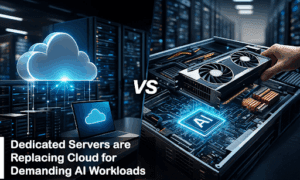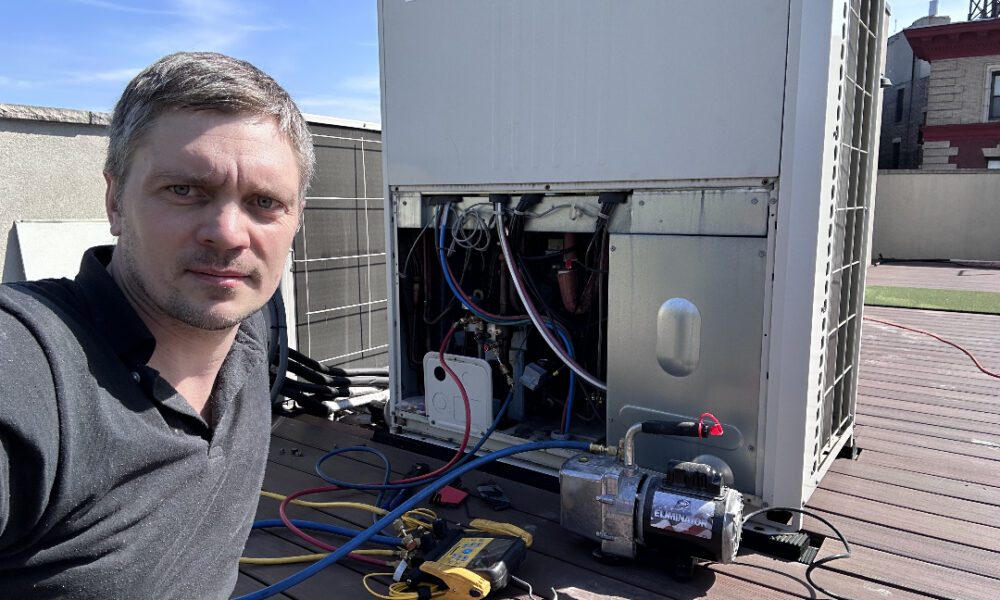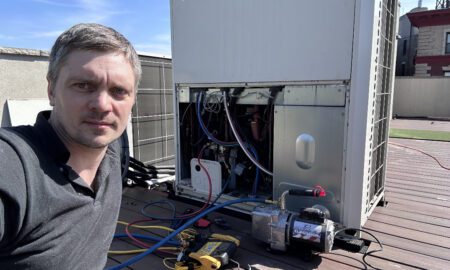The AI landscape today is dominated by excitement around models, bigger architectures, multimodal capabilities, and new algorithmic breakthroughs. Yet behind the scenes, many AI systems that shine in demos stumble once exposed to real-world complexity. The difference? Infrastructure.
It’s a theme Prithviraj Kumar Dasari has seen from every angle. As a seasoned software engineer and an expert with almost a decade of experience in the industry and with over 15 years of experience building distributed systems that power AI, search, and recommendation at scale, he highlights a crucial insight: “A model can be brilliant, but if the system behind it fails, the whole experience fails. Intelligence isn’t just the neural net; it’s the reliability engineered beneath.”
He often challenges engineering teams with a pointed question: “Have you built your backend to withstand the unpredictable chaos of production, or just to perform well in controlled environments?” The answer separates scalable AI systems from those that collapse under pressure.
Dasari’s perspective, sharpened by his role as a Judge for Globee Awards for AI, cuts through the hype: “We celebrate model accuracy and innovation, but operational maturity often goes unrecognized. The future isn’t just smarter models, it’s smarter infrastructure that keeps those models running reliably”, he adds.
This shift from a model-first to an infrastructure-first mindset is not just technical, it’s foundational to AI’s real-world success.
From Model-Centric Demos to Infra-Centric Failures
The AI industry is rife with platforms that perform flawlessly under demo conditions but falter under real-world complexity. Dasari has reviewed systems that boast state-of-the-art model performance metrics but ignore infrastructure readiness, leading to latency spikes, region-specific failures, and mounting cloud costs when scaled.
“When evaluating AI platforms, the model is rarely the failure point,” Dasari notes. “It’s almost always something buried deeper, message queues backing up, retries collapsing the system, observability gaps that hide where time is lost.”
One pattern he frequently observes as a reviewer: brilliant ML pipelines bolted onto brittle backend stacks. And the consequences aren’t theoretical. When user trust, operational costs, or real-time performance are on the line, failure cascades from infrastructure oversight can render even the most elegant model irrelevant.
The Hidden Infrastructure Demands of AI Systems
From transformer models to real-time recommender engines, the backend cost of AI has become one of the industry’s least understood constraints. Serving large models at scale demands non-blocking, asynchronous pipelines that can handle retries, degradation, and compute spikes without manual intervention.
Dasari emphasizes that AI-ready infrastructure must embrace asynchrony by default. “Synchronous workflows assume the world behaves nicely. AI systems behave probabilistically. If your architecture doesn’t account for partial failure, you’re not building AI, you’re building a time bomb.”
According to technical architecture guidance from Google Cloud, regional failover strategies in distributed ML systems have demonstrated latency gains and higher availability under simulated loads. Separately, AWS reported that retail clients using managed circuit-breaker-based architectures during Black Friday sustained availability rates exceeding 99.95%, even with peak transactional volumes.
These aren’t research prototypes. They’re operationally mature systems expected to survive chaotic user behavior and unpredictable latency environments. The backbone? Distributed control, circuit-breaking design, and observability embedded at every layer.
Why Infrastructure Is the Most Overlooked Engine of AI Success
In his experience as a paper reviewer at the International Conference on Information Systems 2025, Dasari has observed a common challenge that might be called “metrics myopia”: an intense focus on model benchmarks often overshadows critical infrastructure metrics like serving latency, data consistency, and failure recovery. While these insights come from his role evaluating diverse platforms, they reflect broader industry concerns about balancing innovation with operational maturity.
“Model accuracy can earn research citations, but it becomes meaningless if the system cannot sustain production load,” Dasari reflects. He suggests that industry recognition frameworks could benefit from incorporating architectural resilience, cost awareness, and failure recovery metrics alongside traditional model benchmarks.
Dasari has advocated for evaluation approaches that give equal weight to sustained throughput under stress conditions and retraining latency from streaming feature stores. This approach aims to encourage a more holistic view of AI system performance, moving beyond algorithms to the full operational context.
Rebalancing the Narrative: Infrastructure as Innovation
As AI becomes foundational to everything from healthcare to finance, it’s time to rewrite the narrative. True innovation isn’t just about the next breakthrough in model design , it’s about delivering intelligence at scale, reliably, safely, and affordably.
Dasari’s dual role as an infrastructure architect and evaluator gives him a rare vantage point. As a paper reviewer at the International Conference on Imaging, Vision and Pattern Recognition, he’s been entrusted with shaping scholarly discourse on how AI systems are benchmarked and improved. This reinforces his belief that infrastructure is not just a technical concern but a strategic one.
He calls on engineering leaders to embrace infrastructure as a lever in AI adoption. “The future of AI isn’t just algorithmic. It’s architectural. You don’t scale intelligence without scaling resilience.”
In a time when AI systems are being fast-tracked into the real world, the backend isn’t a support layer. It’s the product. And those who build with that mindset , who judge not just the code but the context it runs in, are the ones truly engineering the future.



































